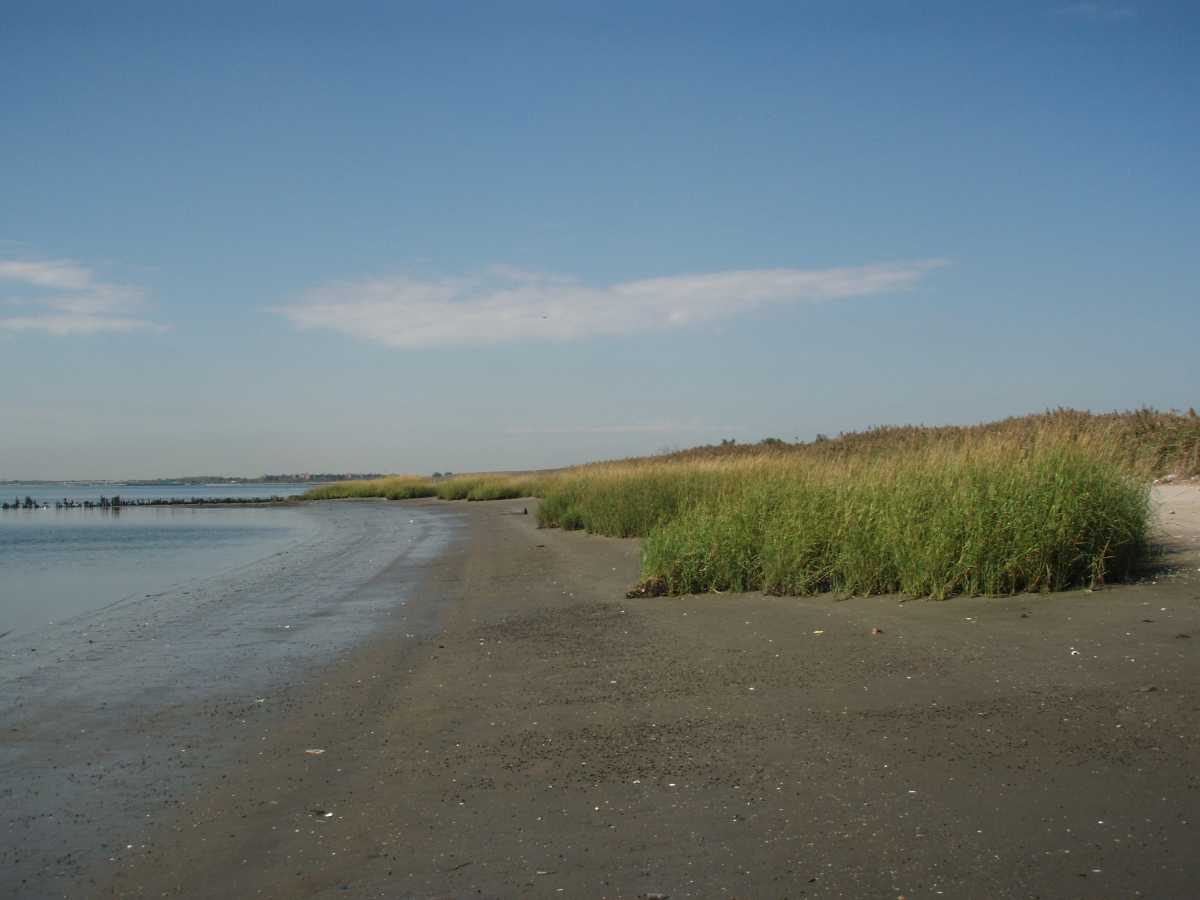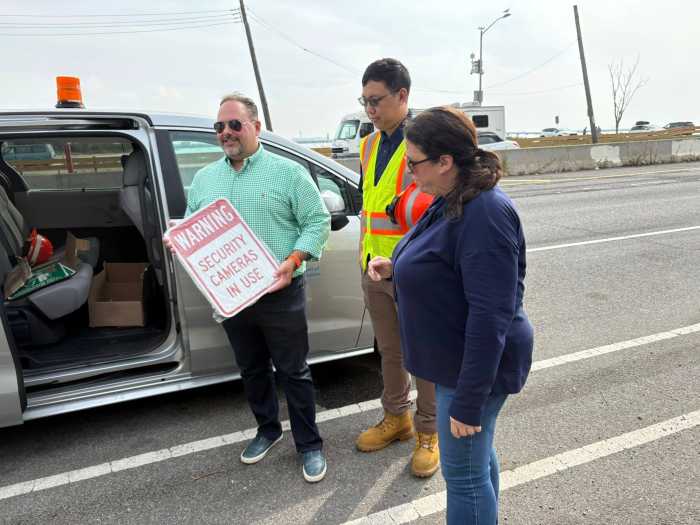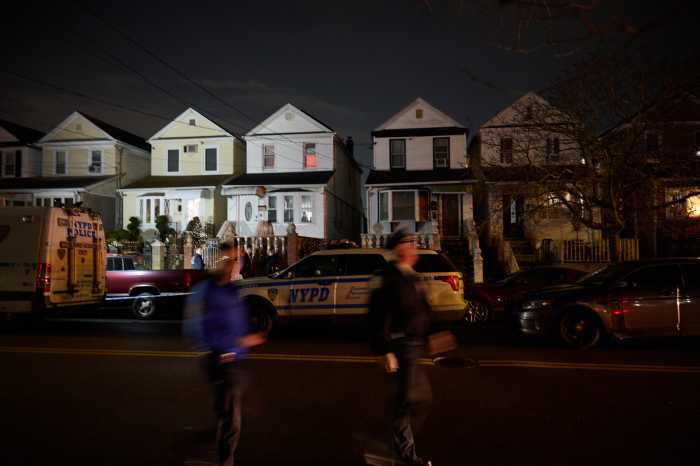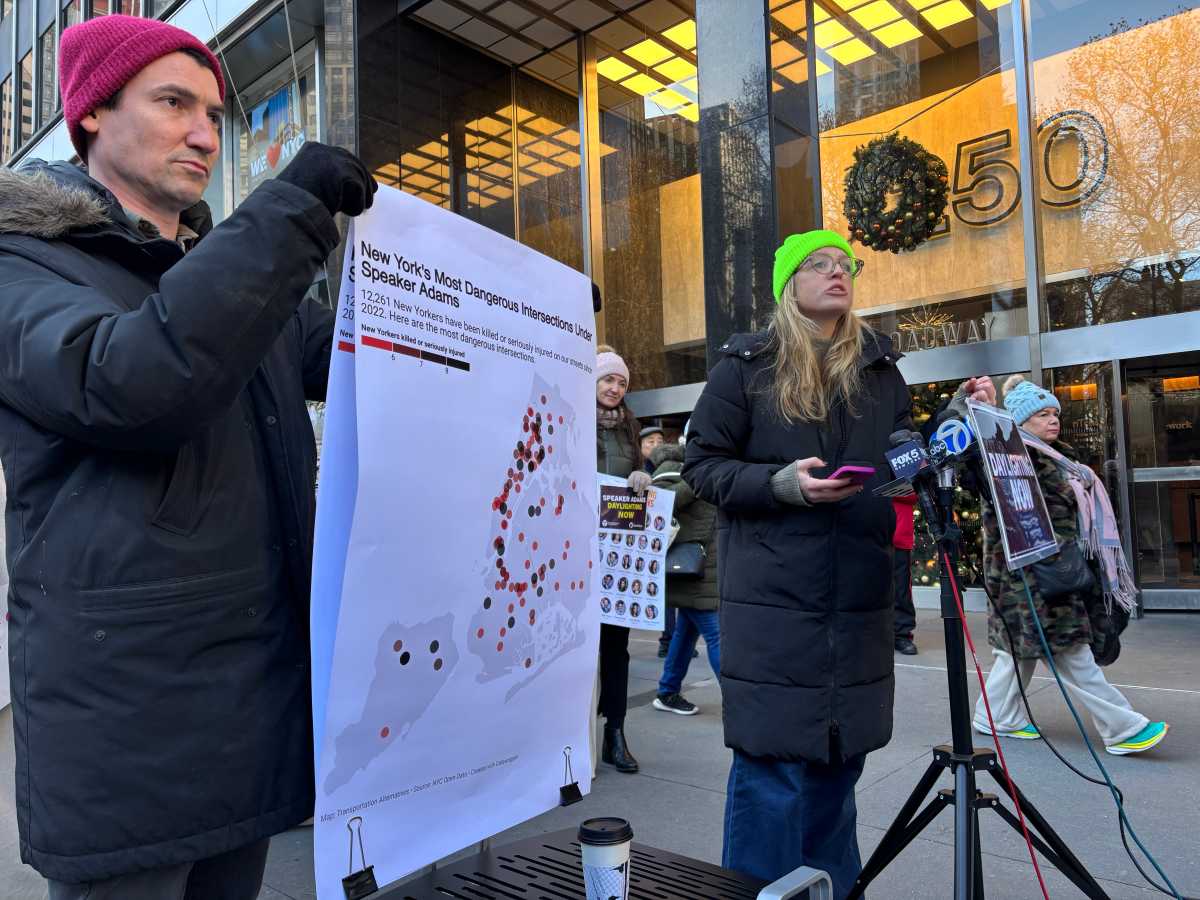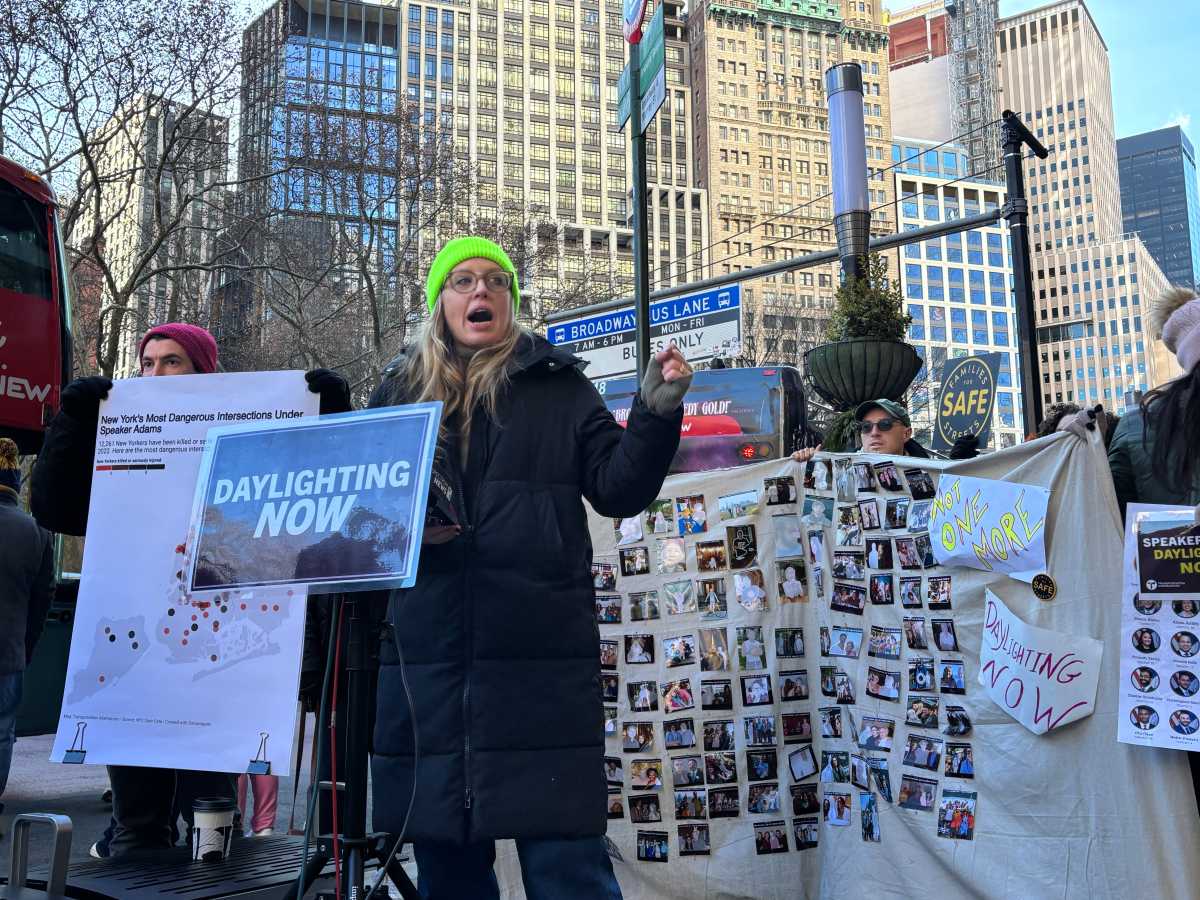Howard Beach was the focus of a Nature Conservancy report meant to study how nature-based defenses and man-made infrastructure can be used to protect communities from the impacts of climate change.
The Urban Coastal Resilience Report, which focused on Howard Beach because the neighborhood is low-lying and densely populated, found that combining nature-based features like mussel beds and restored marsh with “gray” defenses such as seawalls and flood gates could result in avoided losses in Howard Beach of up to $244 million.
“Man-made infrastructure used to be the default for most discussions about protecting at-risk communities,” said Bill Ulfeder, executive director of The Nature Conservancy in New York. “Now, science is showing us that natural defenses like dunes, wetlands, mussel beds, forests and oyster reefs can help to keep us safe from future disasters by absorbing floodwaters, reducing wave energy and helping defend against storm surges.”
Approximately 1,958 homes, 38 businesses and two schools in Howard Beach suffered damage when Hurricane Sandy struck the Northeast in October 2012. In the months that followed, Gov. Andrew Cuomo announced a resiliency project along Spring Creek and Jamaica Bay to protect homes and businesses from storm surges.
According to the report, New York is likely to face more intense and frequent rainstorms by 2050 and sea levels are projected to rise by 11 to 30 inches. If these projected numbers become a reality, Howard Beach could be at risk of daily or weekly tidal inundation even without a storm.
The 250-page report includes five suggestions for reducing damage sustained by storms. The fourth option, which is the most cost-effective at $45.5 million, includes adding restored marsh habitat on the coast, hard toe mussel beds along the shoreline, floodgates along the Belt Parkway to protect against storm surge and rising sea levels, and rock groins on the shoreline to help prevent erosion.
Though Howard Beach was the focus of the study, the five solutions can act as templates for all neighborhoods looking to mitigate dangerous and costly damage as a result of natural disasters.
“The type of analysis in the Urban Coastal Resilience report complements the work done in OneNYC, New York City’s strategic plan, and is a great example of how the public, private and nonprofit sectors can be ready to withstand and emerge stronger from the impacts of climate change and other 21st-century threats,” said Daniel Zarrilli, director of the NYC Mayor’s Office of Recovery and Resiliency.
RECOMMENDED STORIES

